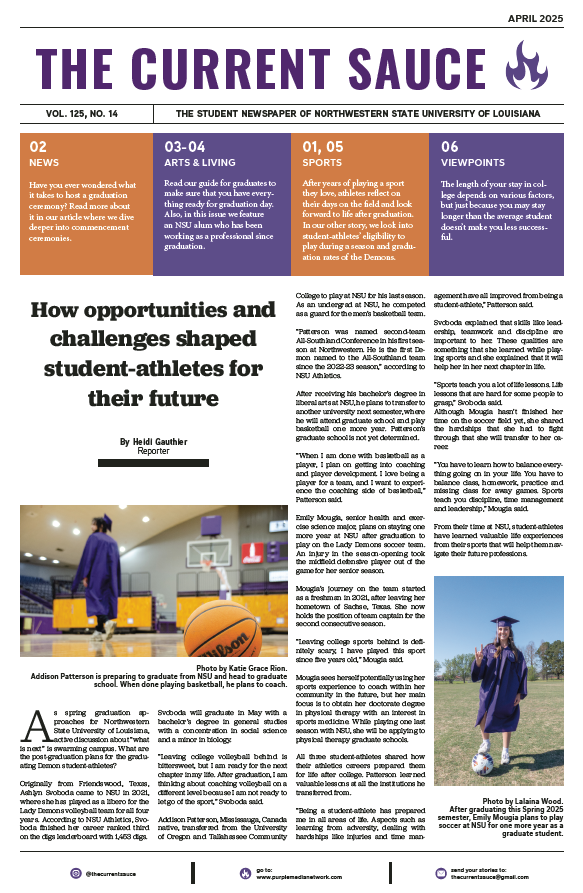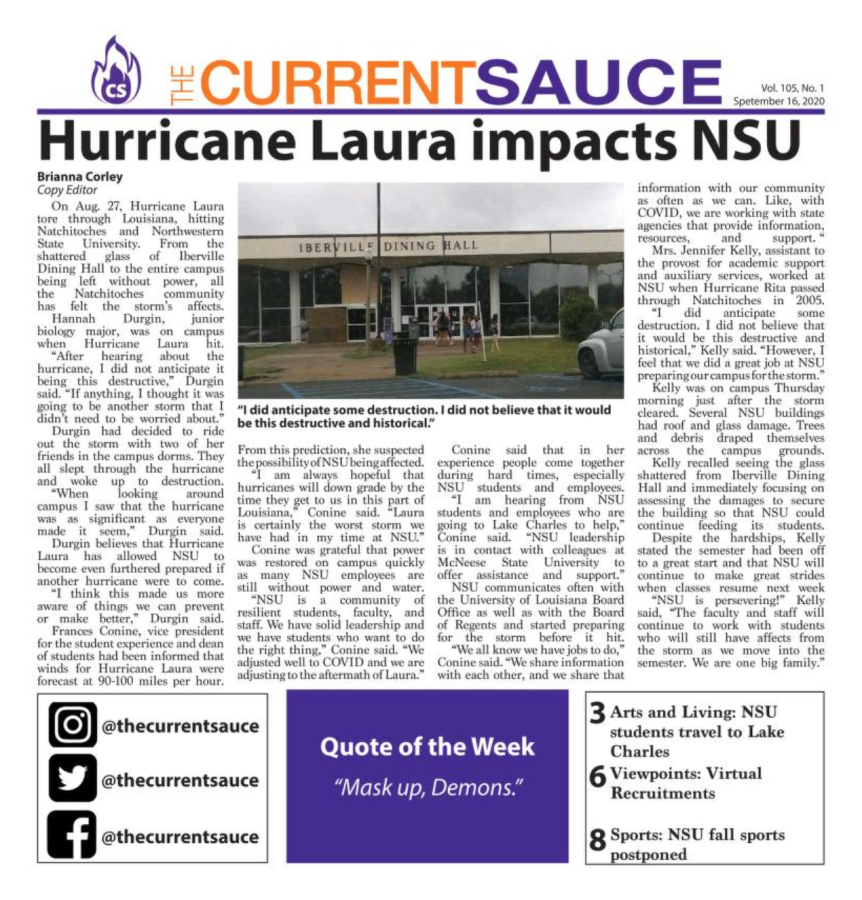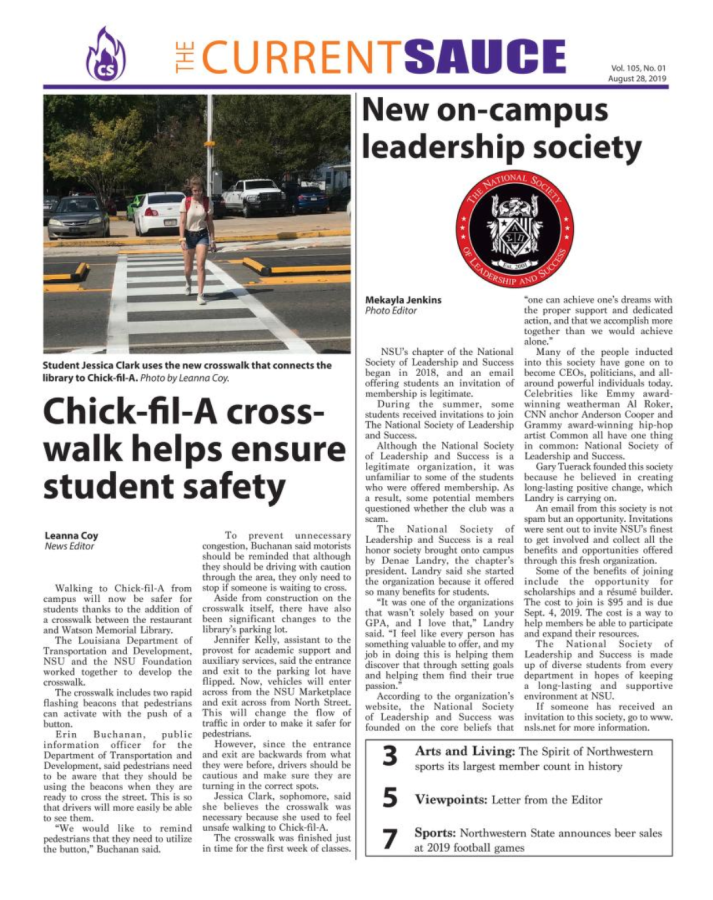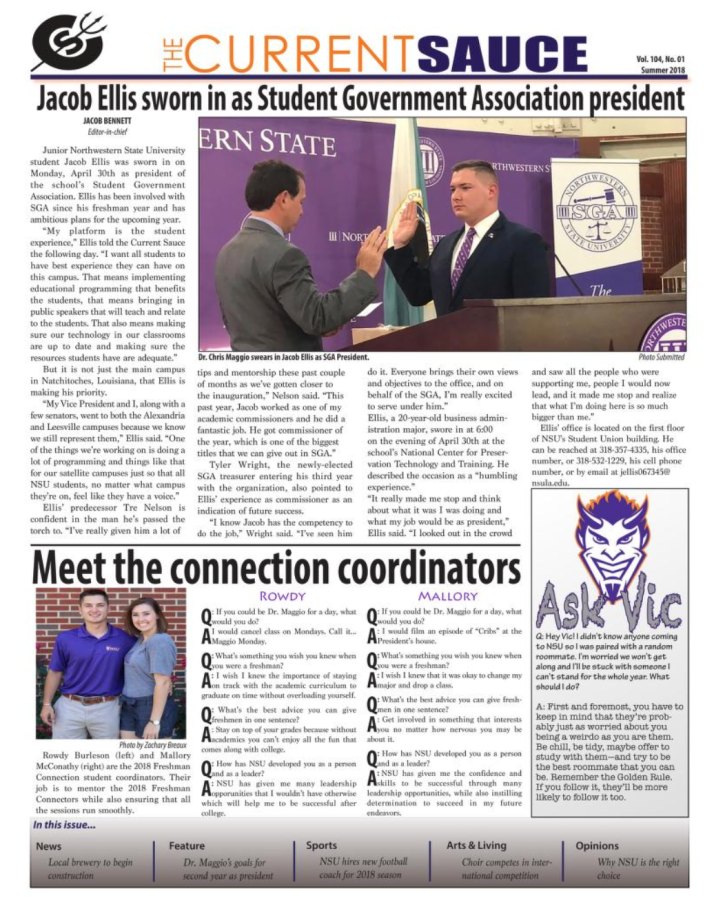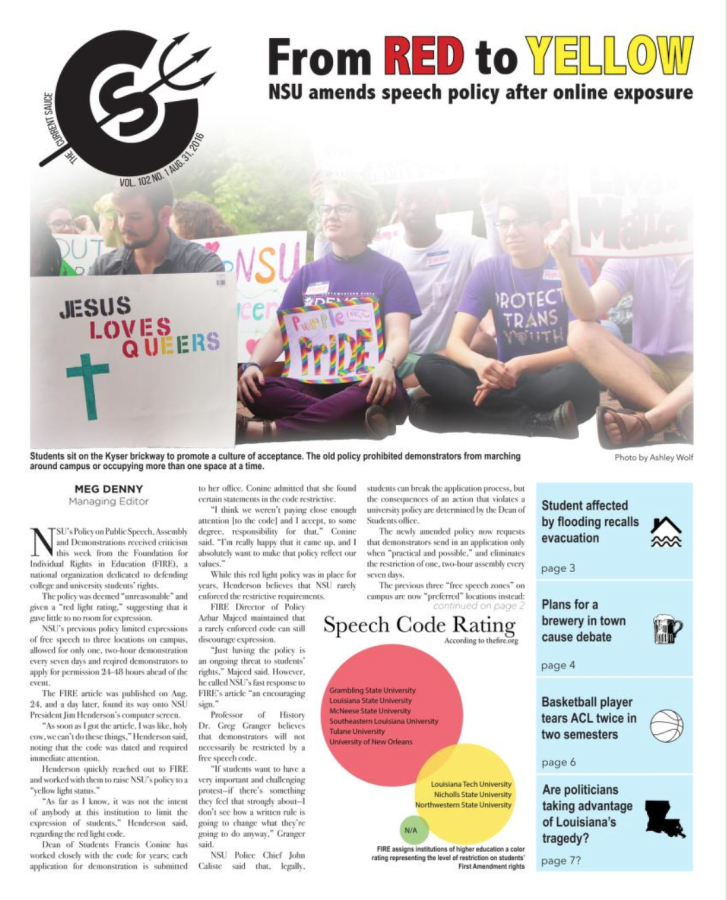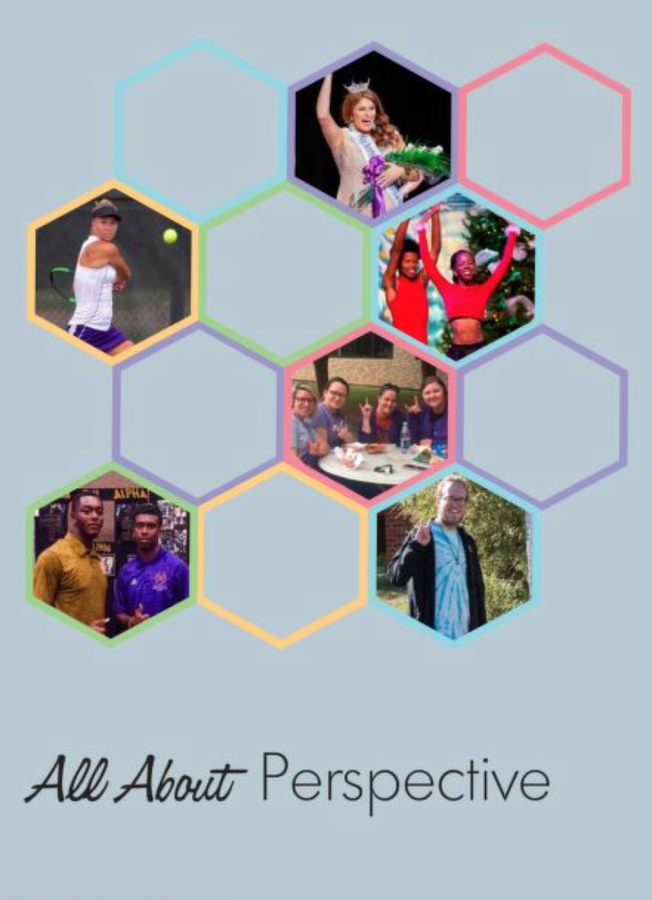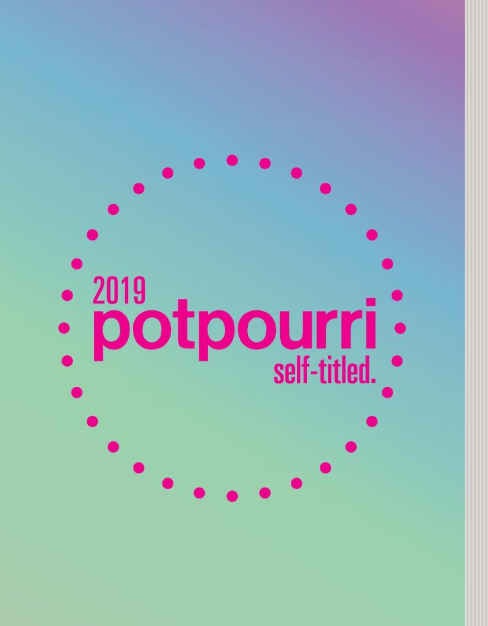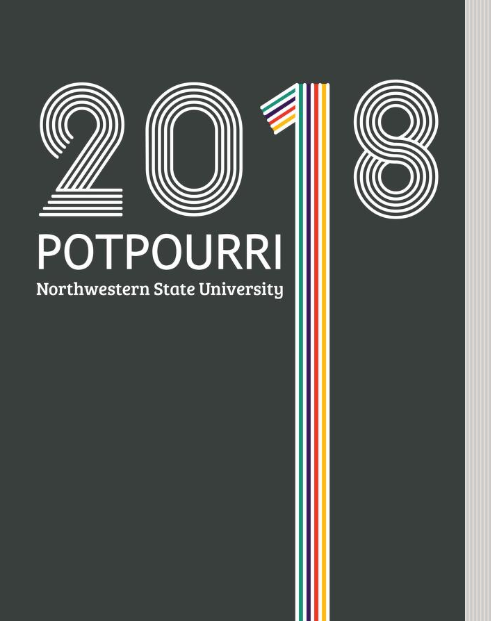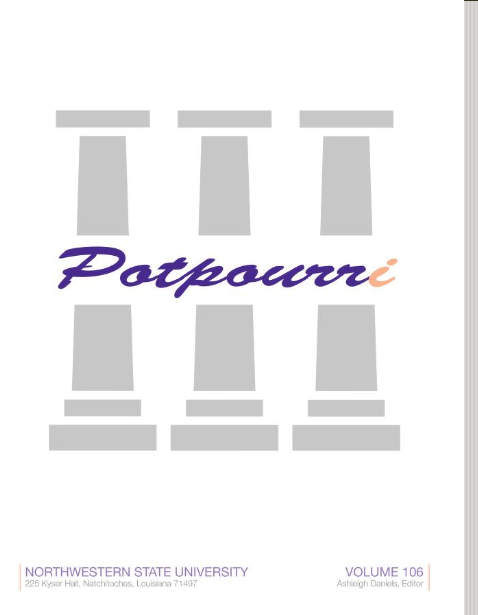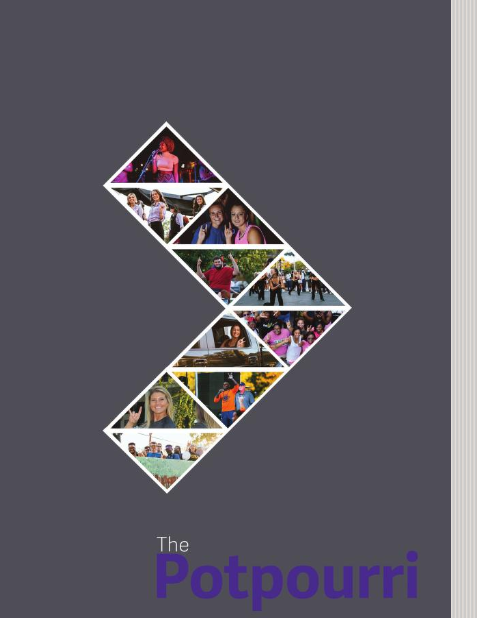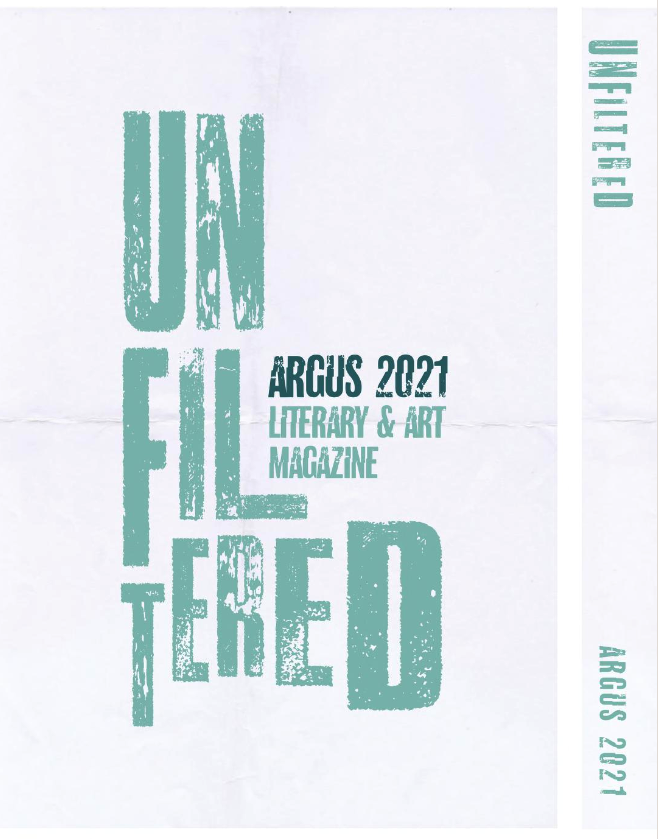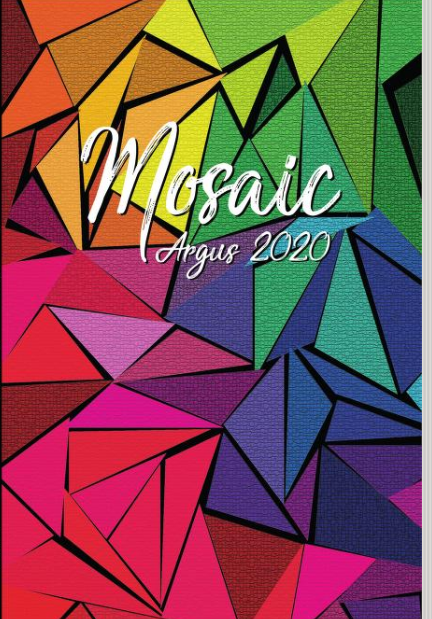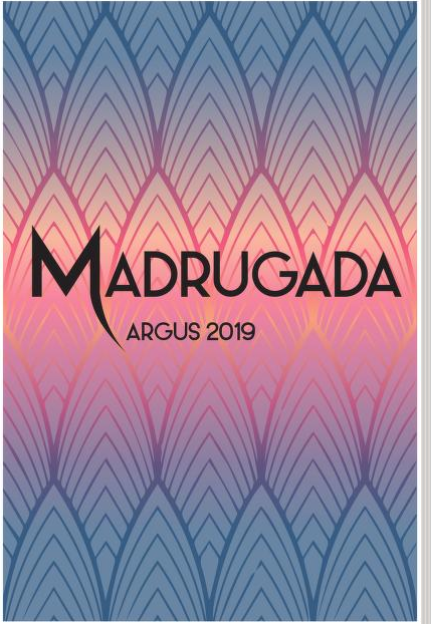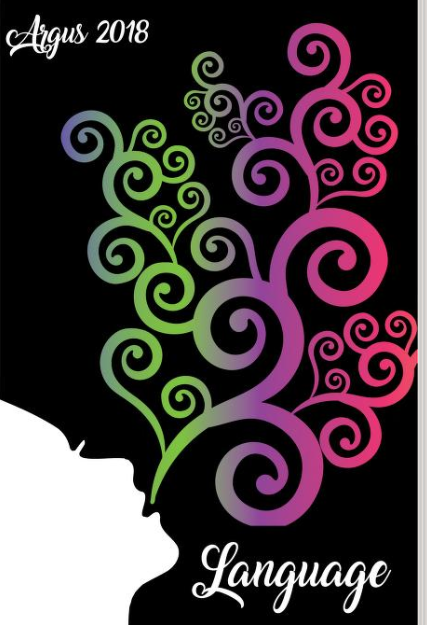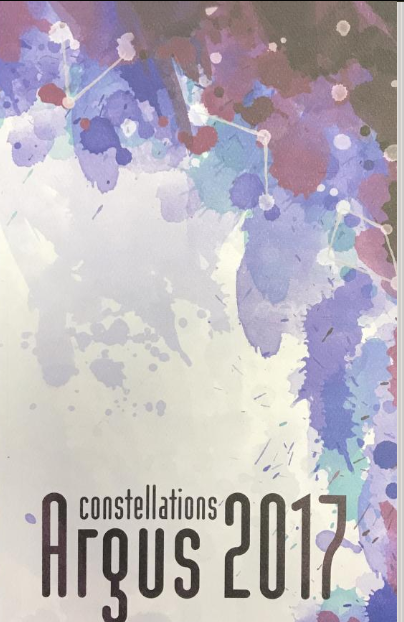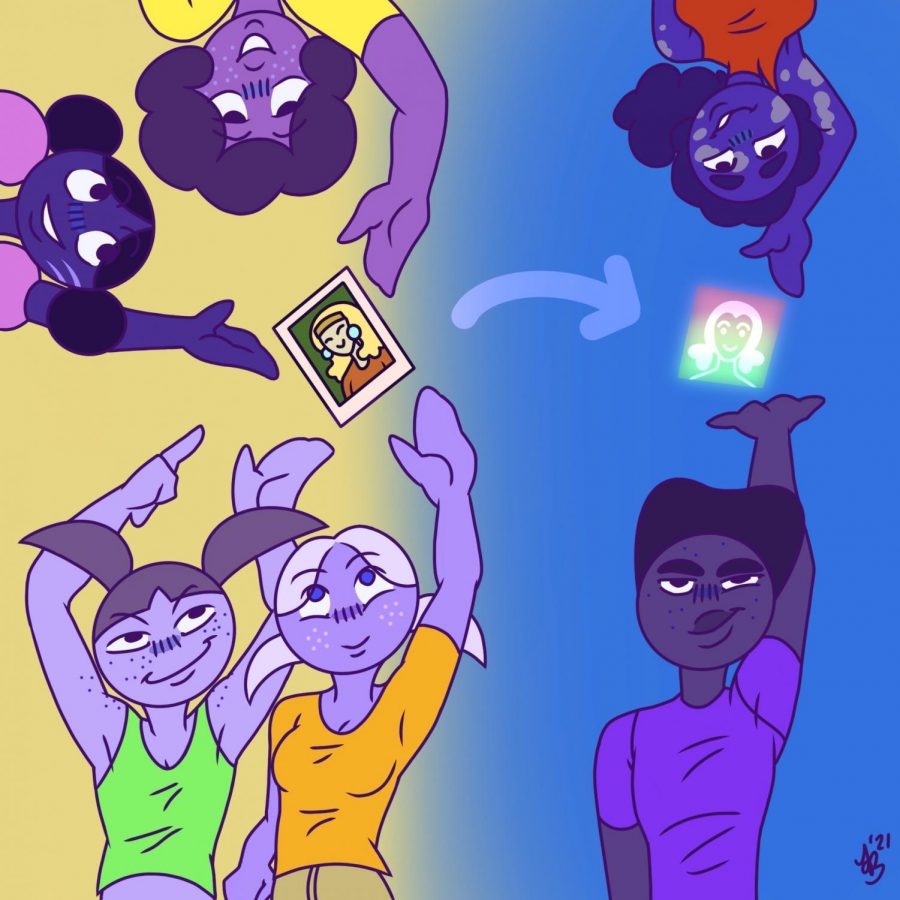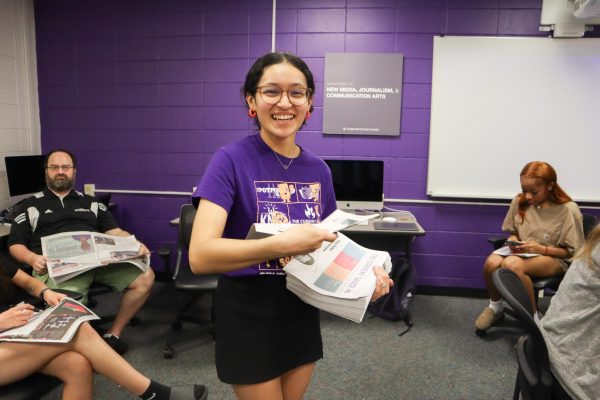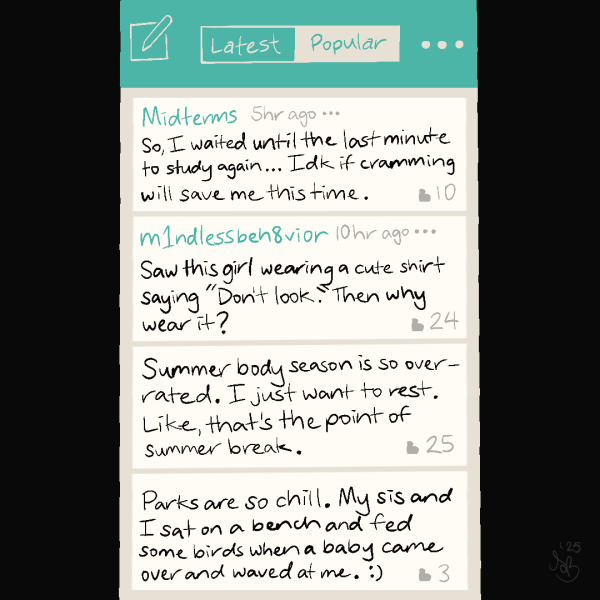Blackout poetry: creating accessibility
Anything can be turned into a blackout.
Blackout poetry was introduced to me when I was in the ninth grade. Like many art forms, I’d known a little about it but I had never gone out of my way to find or create any of my own.
This English teacher was always one of my favorites, from her happy attitude to her willingness to always help students. But something about her excitement for the assignment made me so excited.
She tore out pages and passed them around with colorful markers for us to create our own works of poetry. I can’t remember what I wrote that day, but I’m sure I could so back in my boxes of memories and find it somewhere, probably worn with time.
A couple friends and I found a book and started creating our own poems on the pages. Our plan was to gift it to our English teacher at the end of the year. Filling a whole book became more of a feat than we thought it would be. Eventually I became the only one filling it’s pages or I’d forget about it and come back to it.
At the end of the day, I could always go to it to look at my old poetry or find my love of blackout once again.
But blackout poetry is not something new. Blackout refers to any poem created from covering the majority of the source text, exposing a poem.
At the most basic point, the poet simply covers the extra words. There are many ways the poet gets to use multimedia to share their poem, including painting, collaging or doodling around the words to reveal their poem.
This type of poetry dates back to the days of Benjamin Franklin. His neighbor, Caleb Whiteford, would publish redacted versions of the newspaper with puns creating new meanings on the page. Unfortunately, this form would not resurface until the Dada movement, around 1920.
The Dadaists, the Beats Poets and the other poets of the 20th century movements continued to expand the form. Its greatest support came from Austin Kleon at the New York Times. In 2010, Kleon published his collection “Newspaper Blackout.”
Being able to use old text makes poetry so accessible. Original text can come from old books or magazines or even your own journal pages. Anything can be turned into a blackout.
Even now, as I am going through my college program for creative writing, I can look back at black out poetry as one of my first encounters with poetry, sending on my new journey to writing.
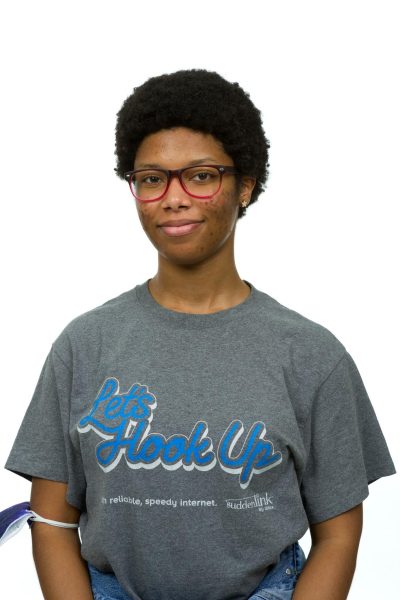
Stephani is a Fine and Graphic Arts Major with a Film Studies Minor. Though this year will be her second year as the Illustrator for The Current Sauce,...



